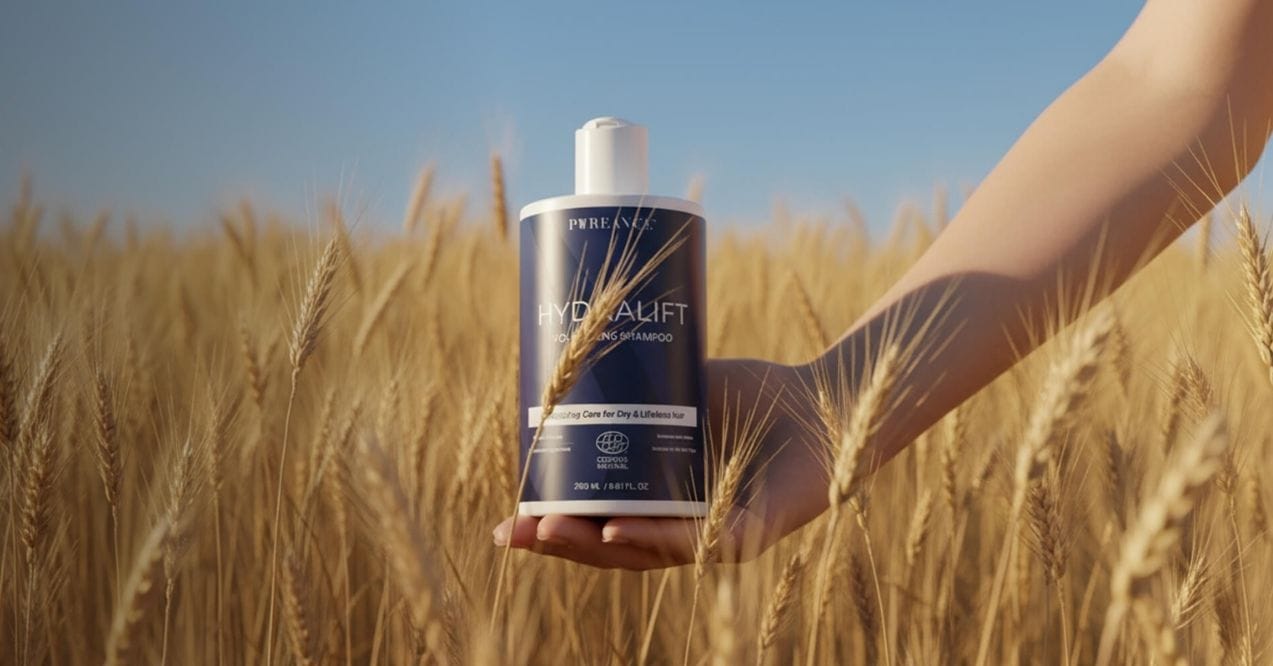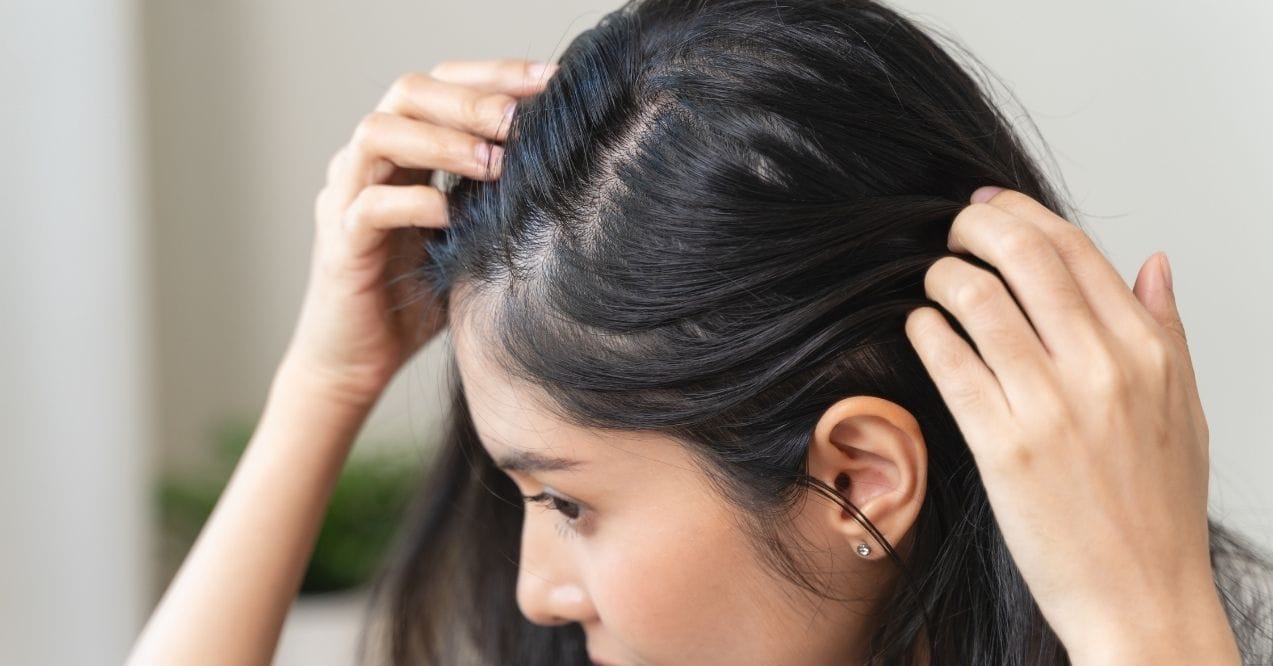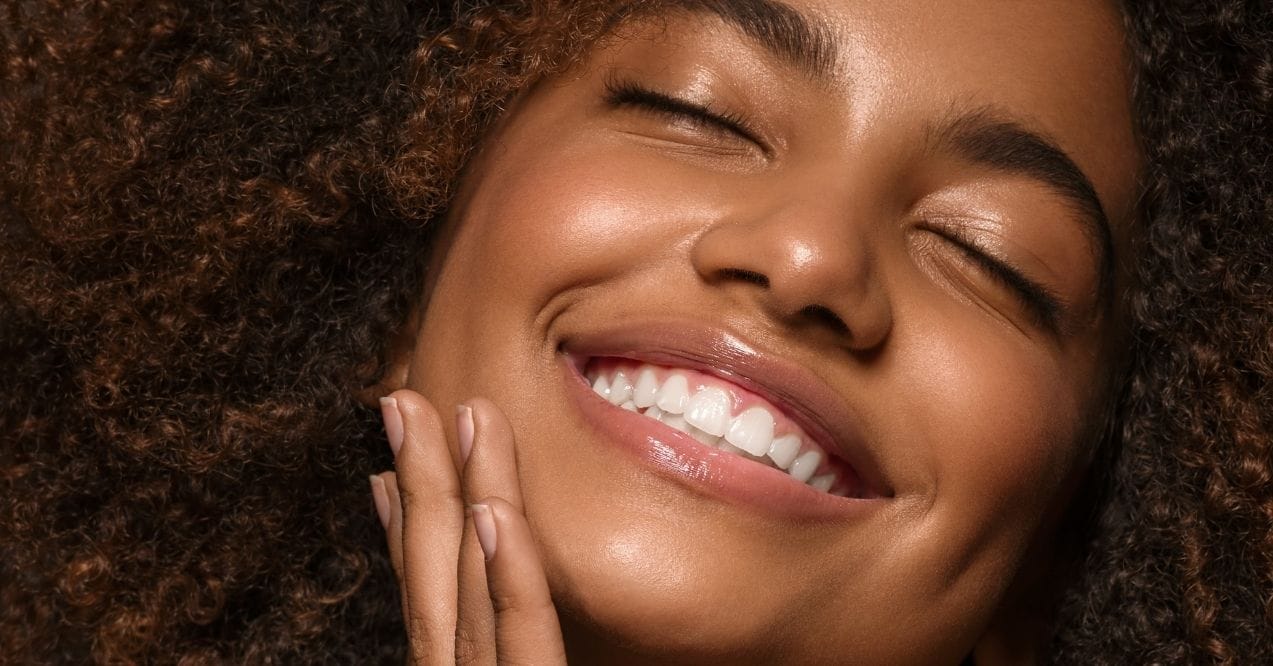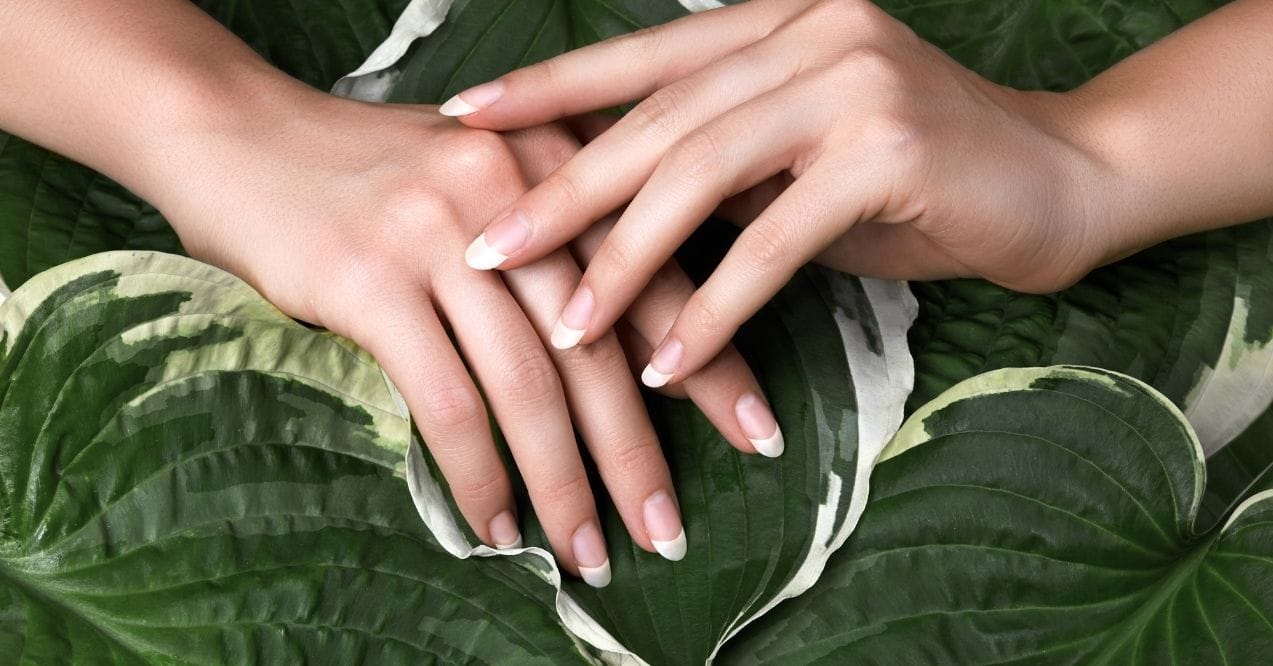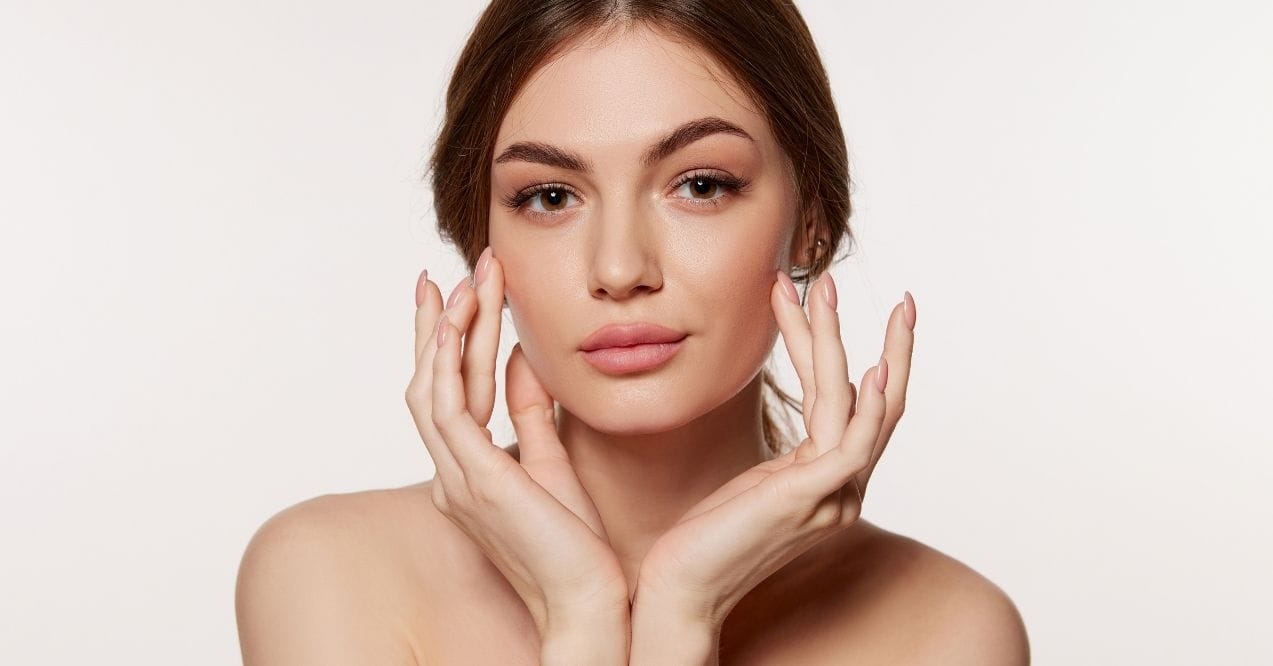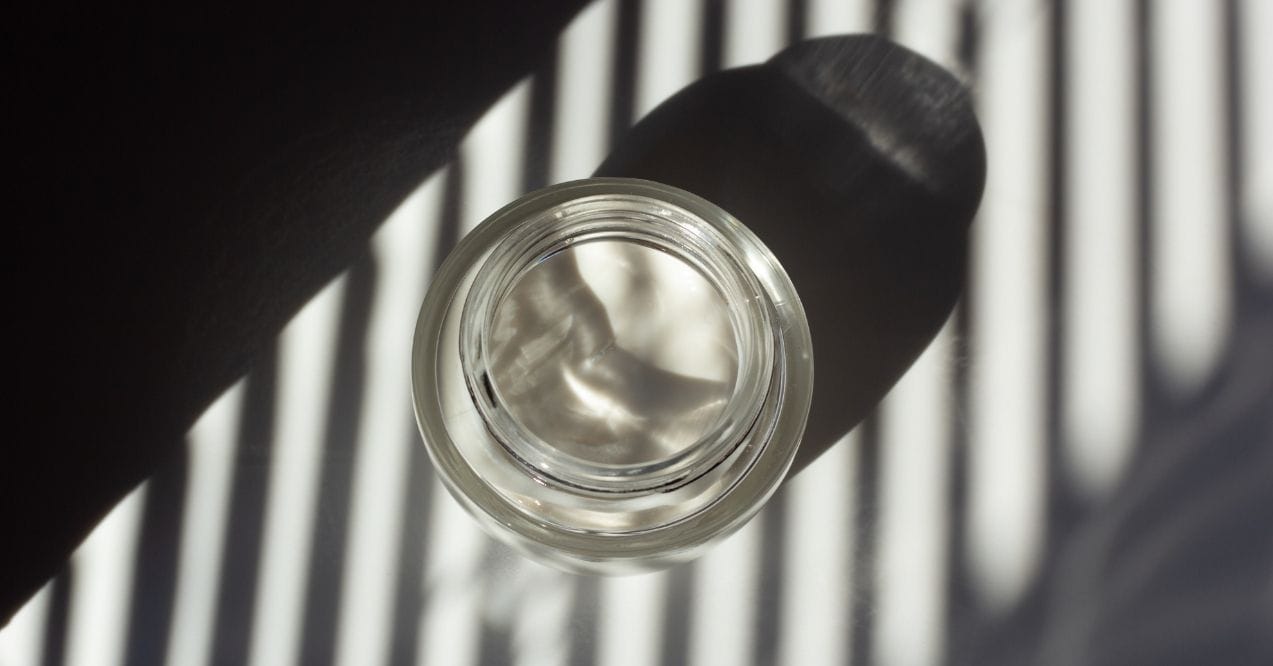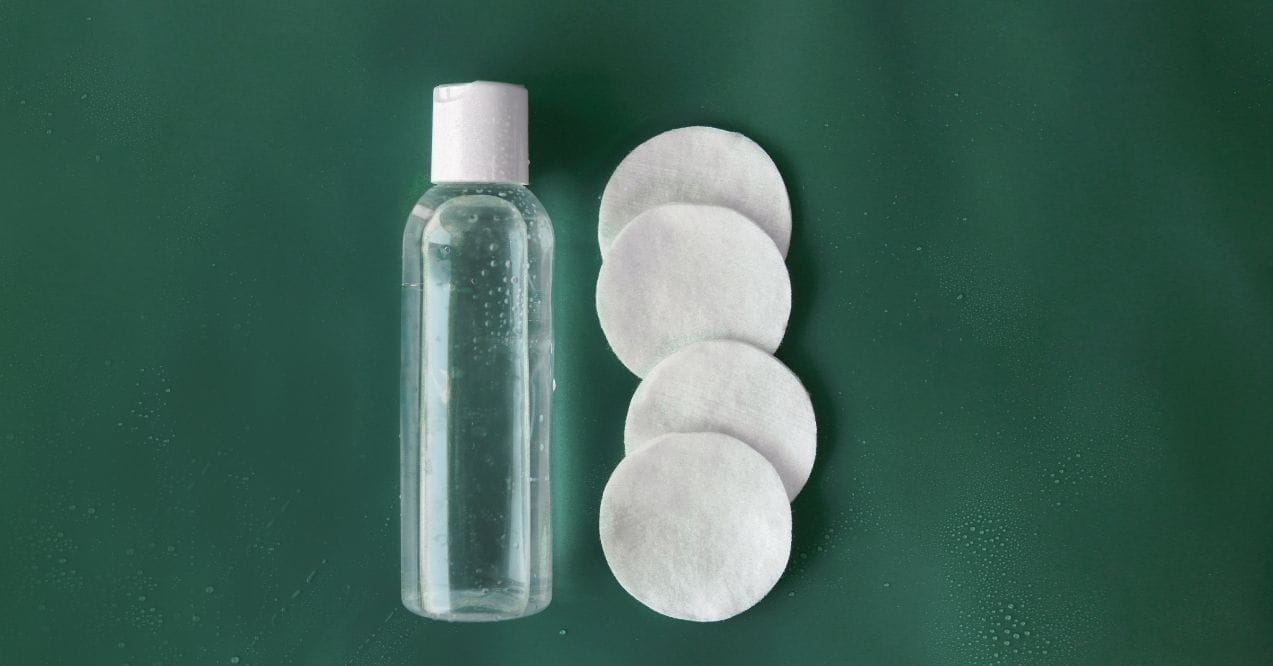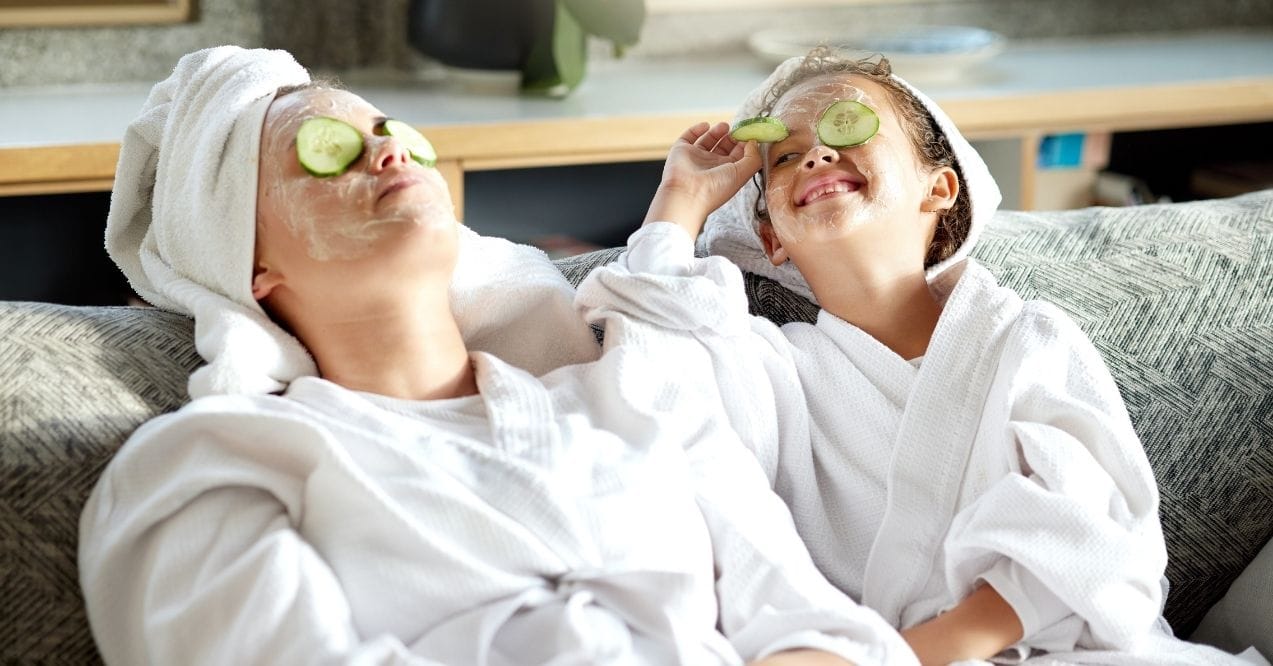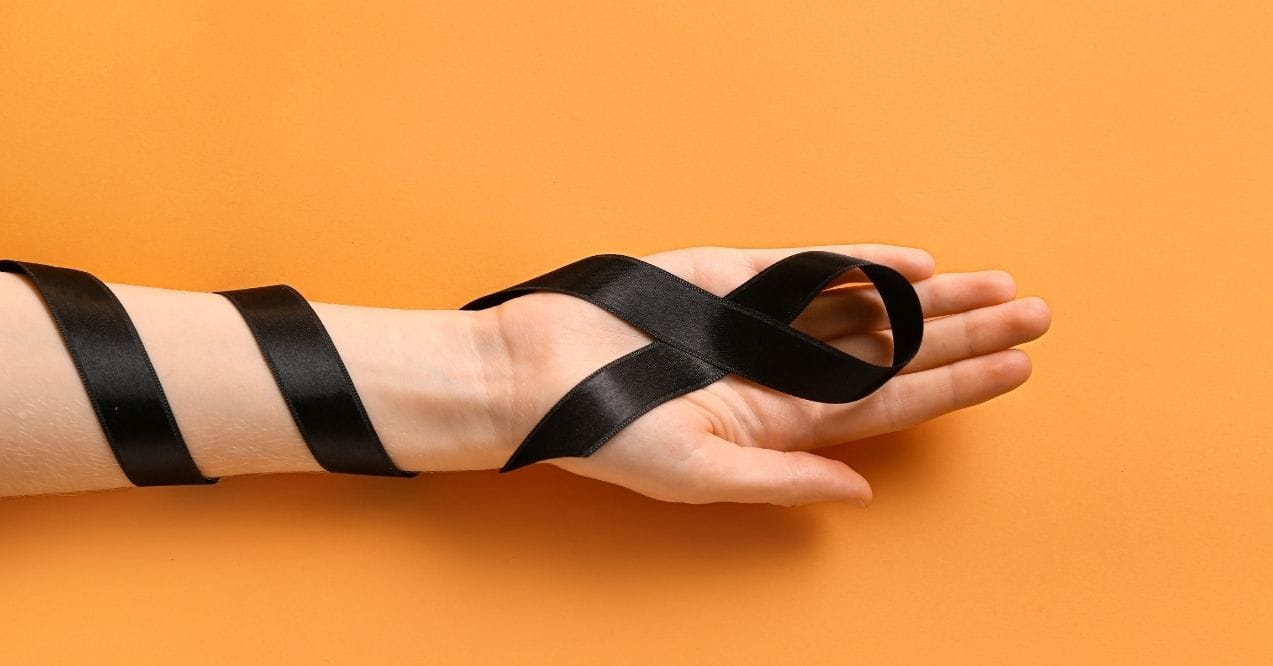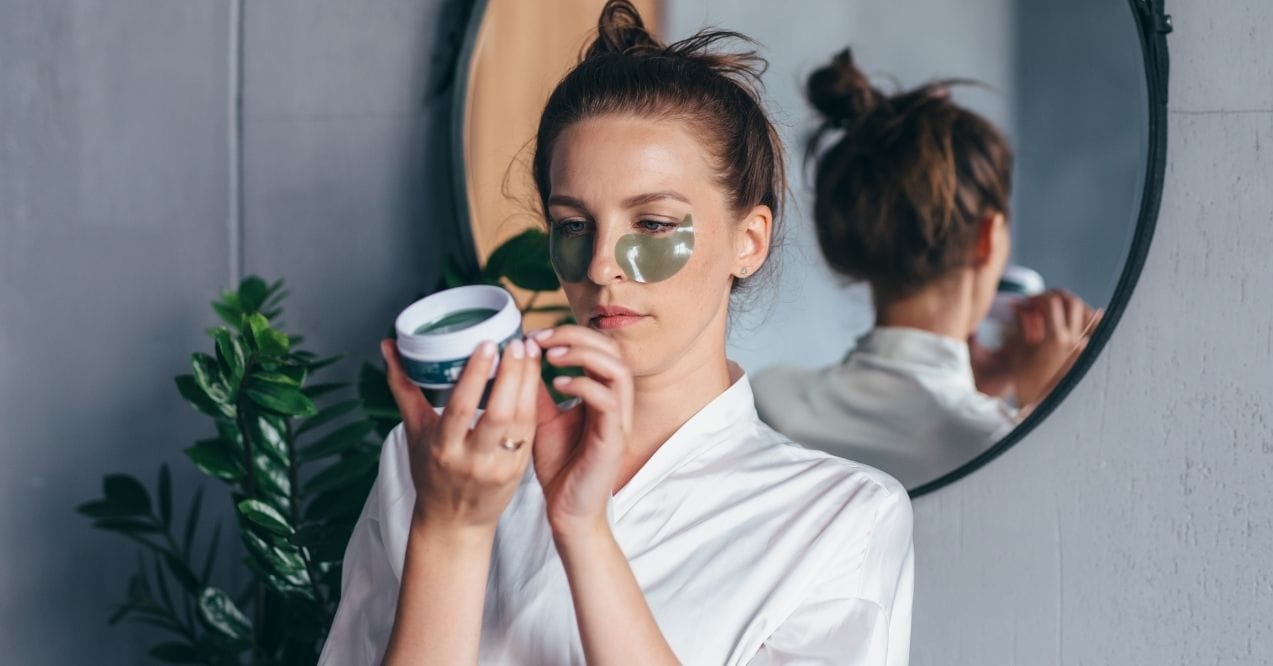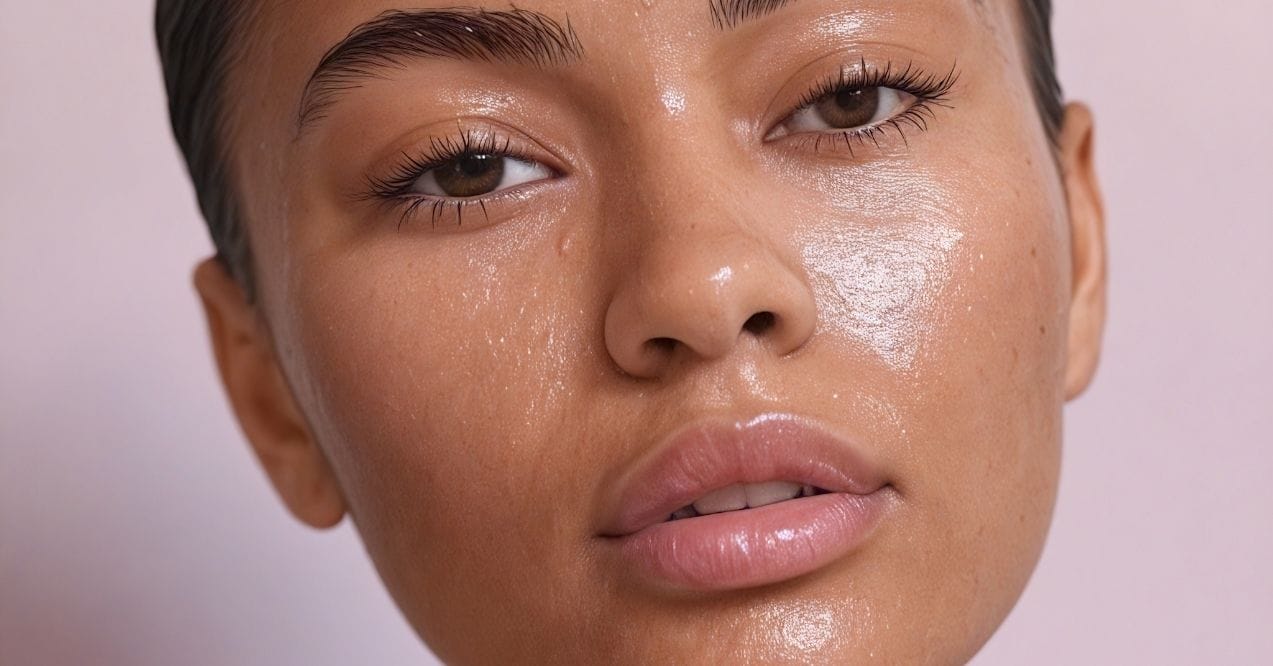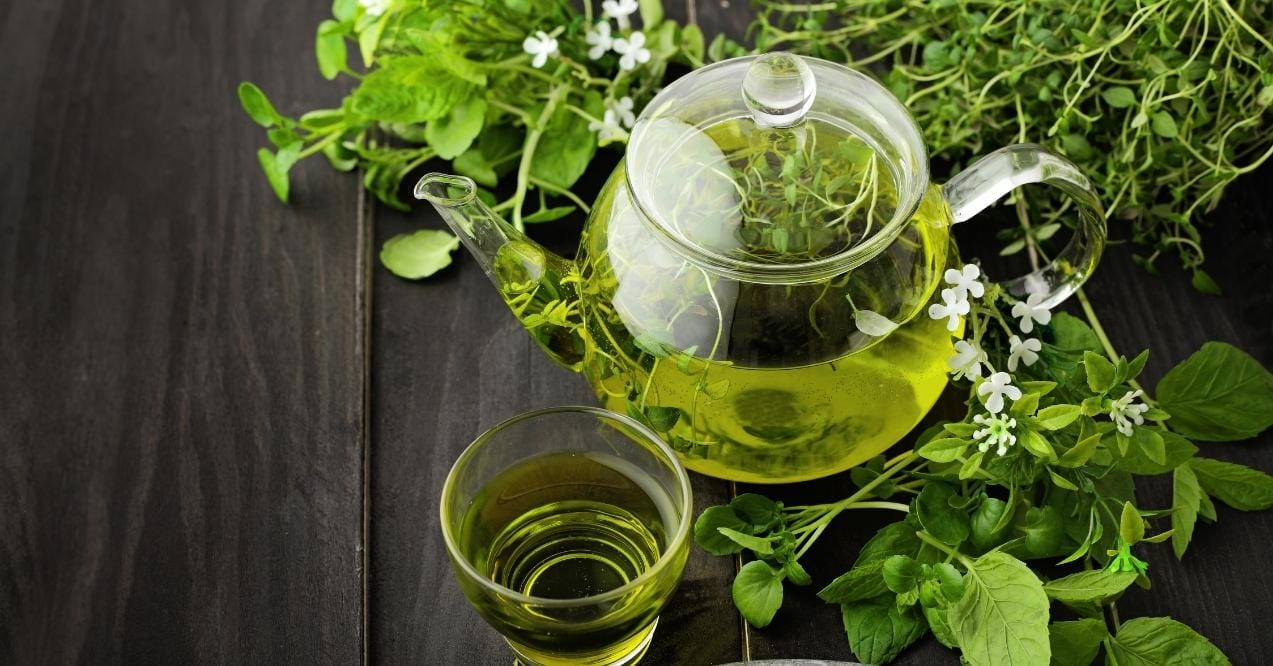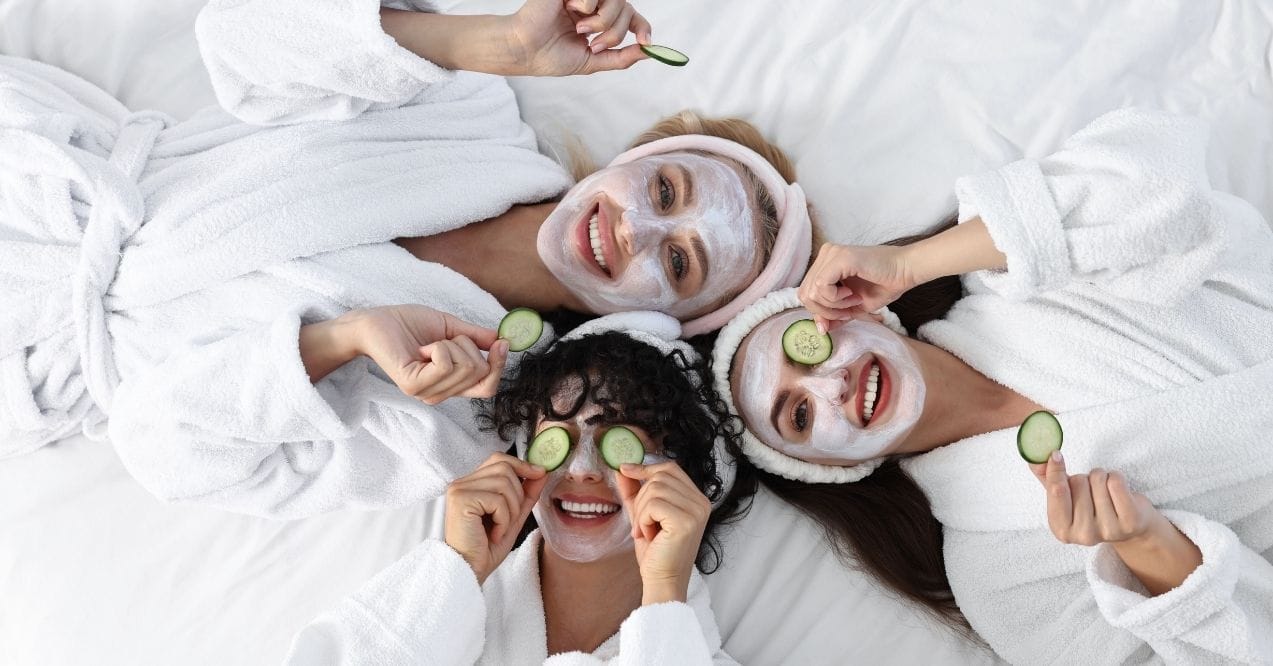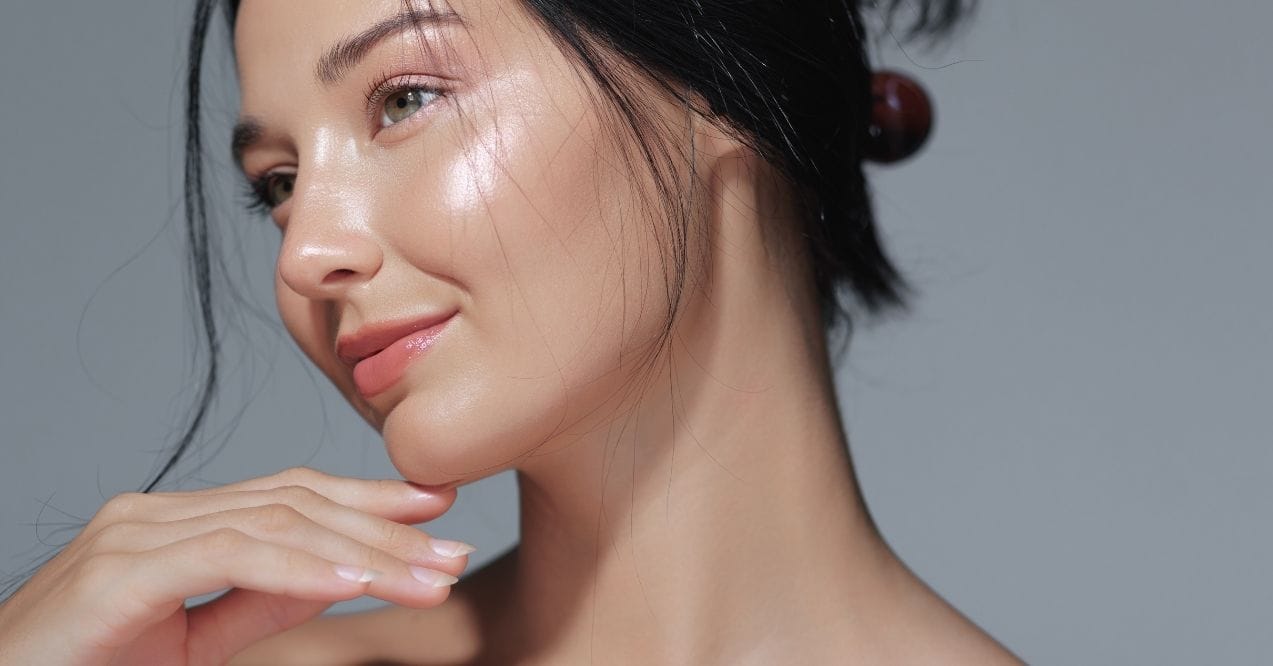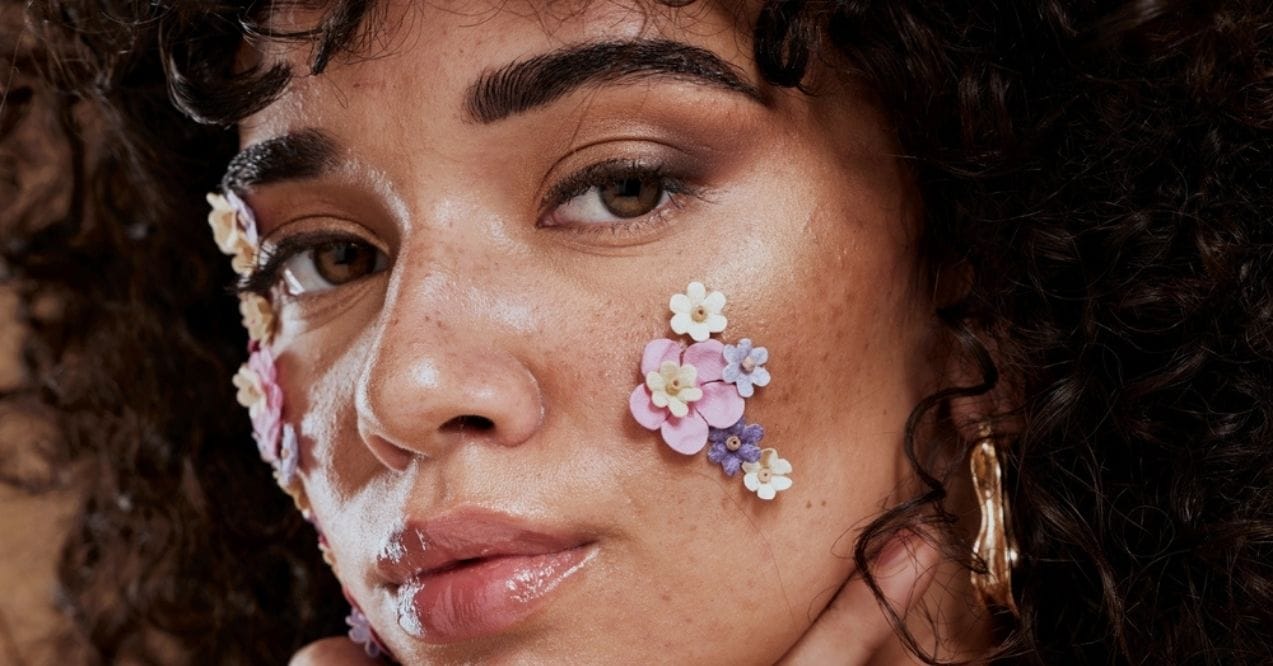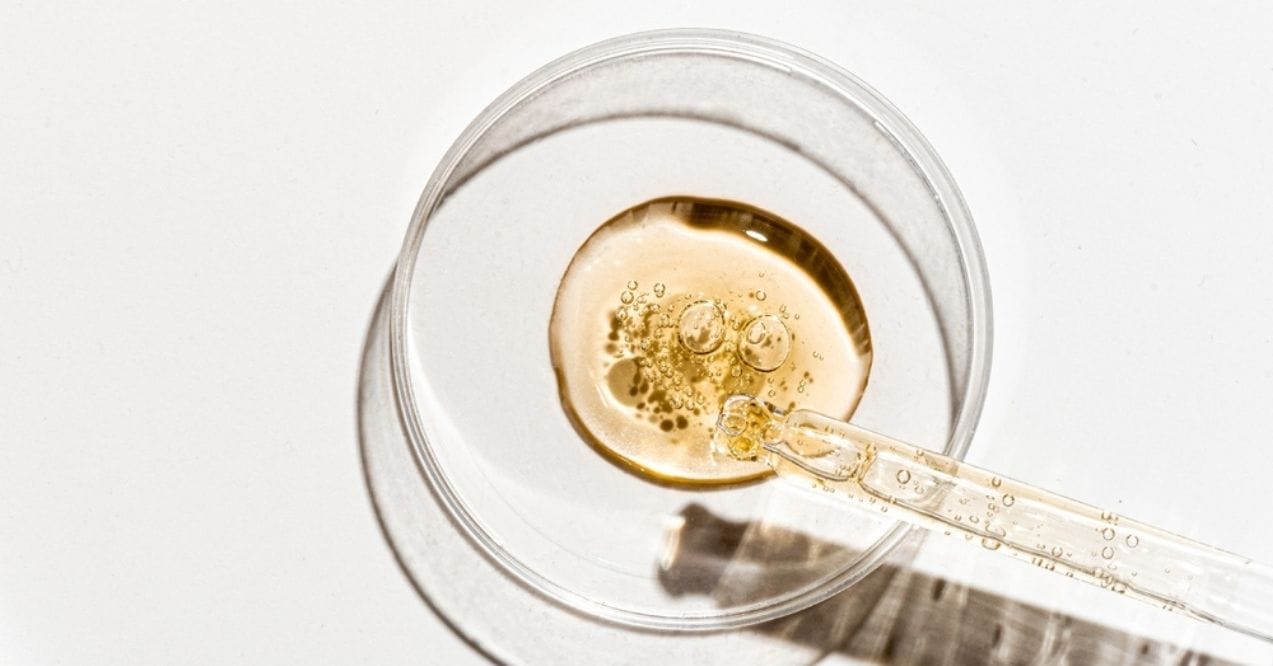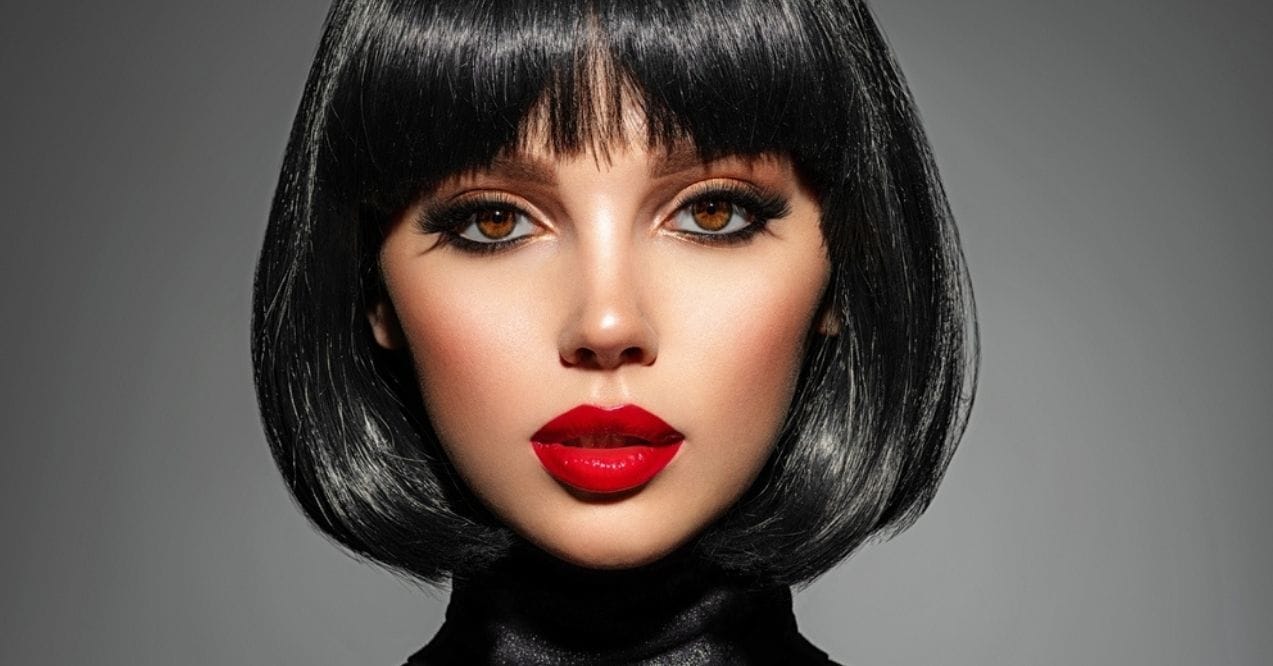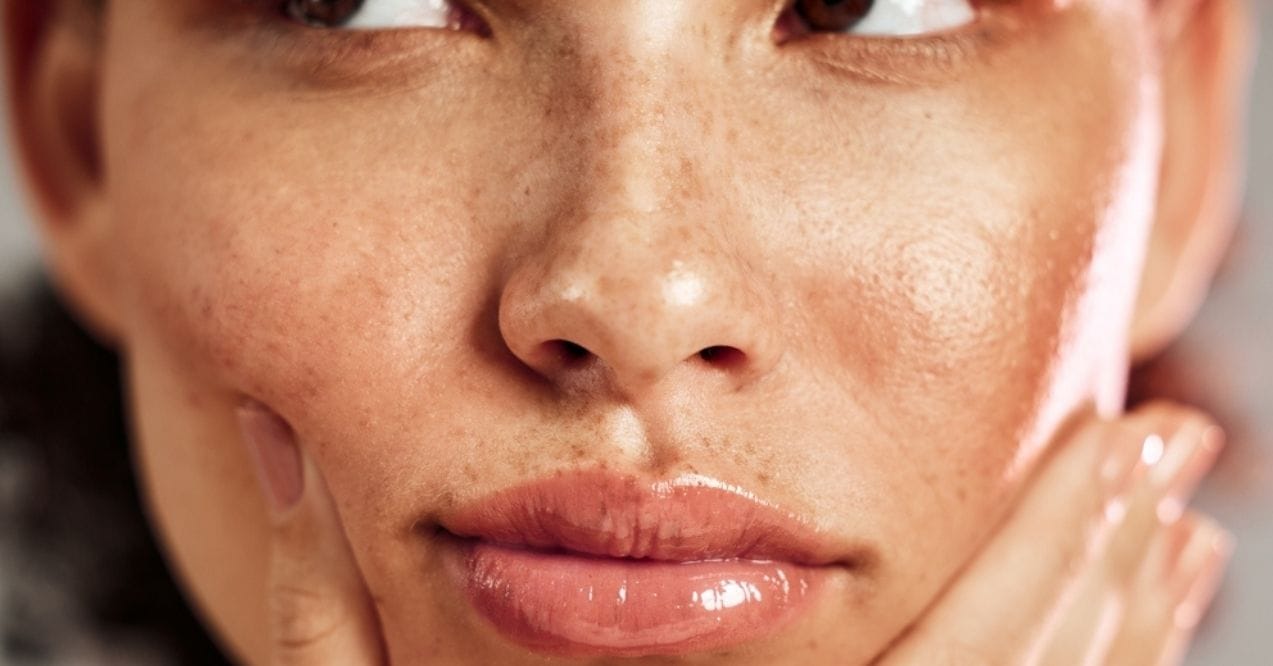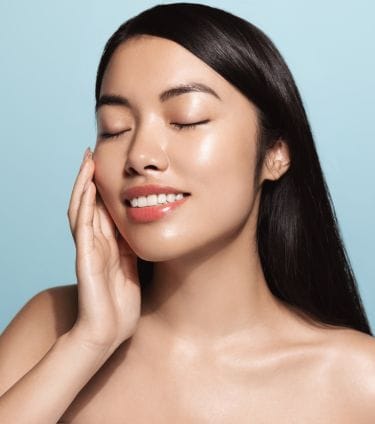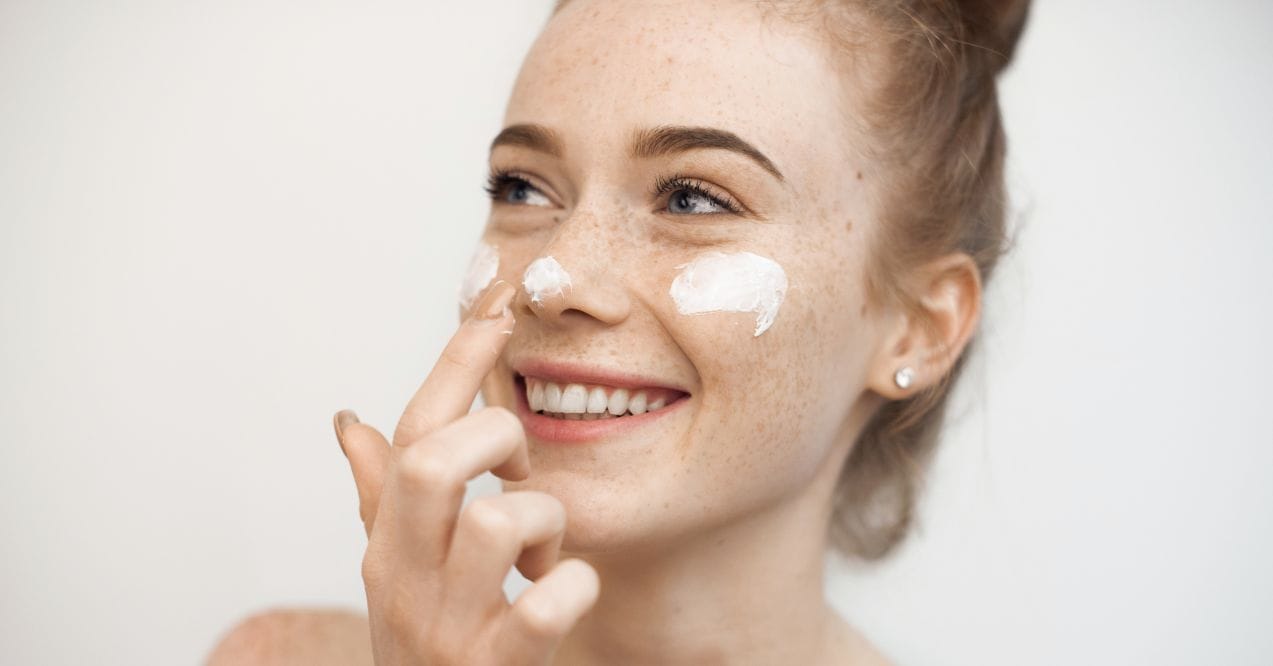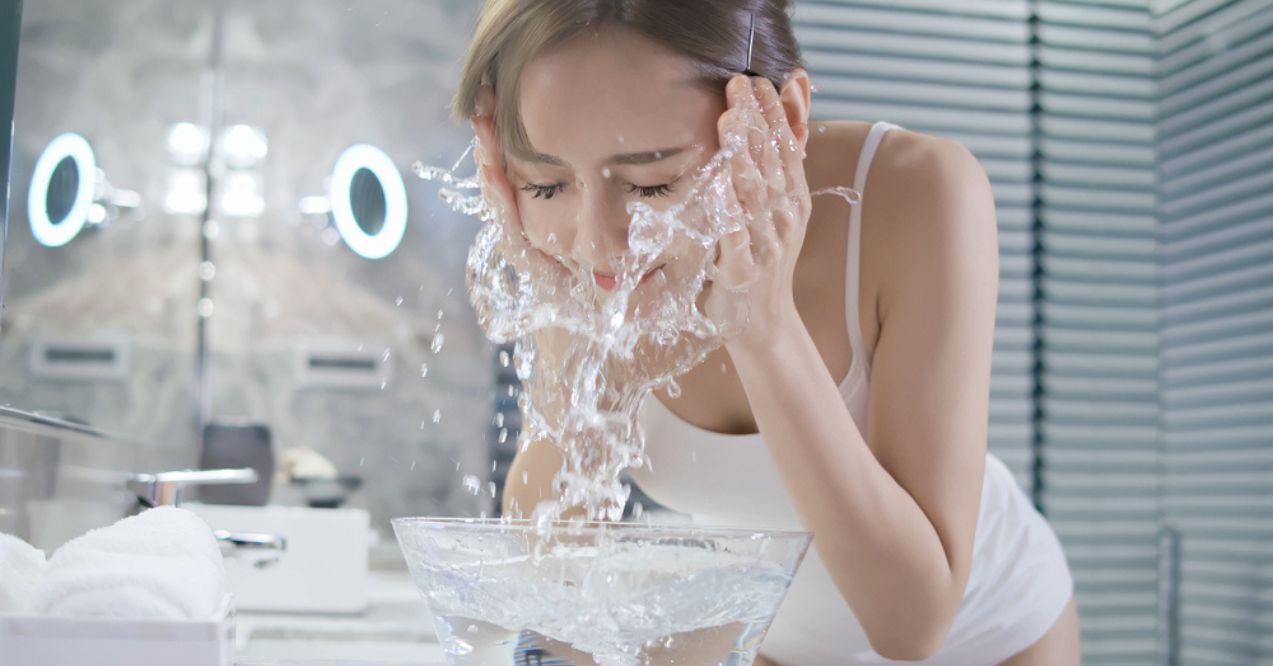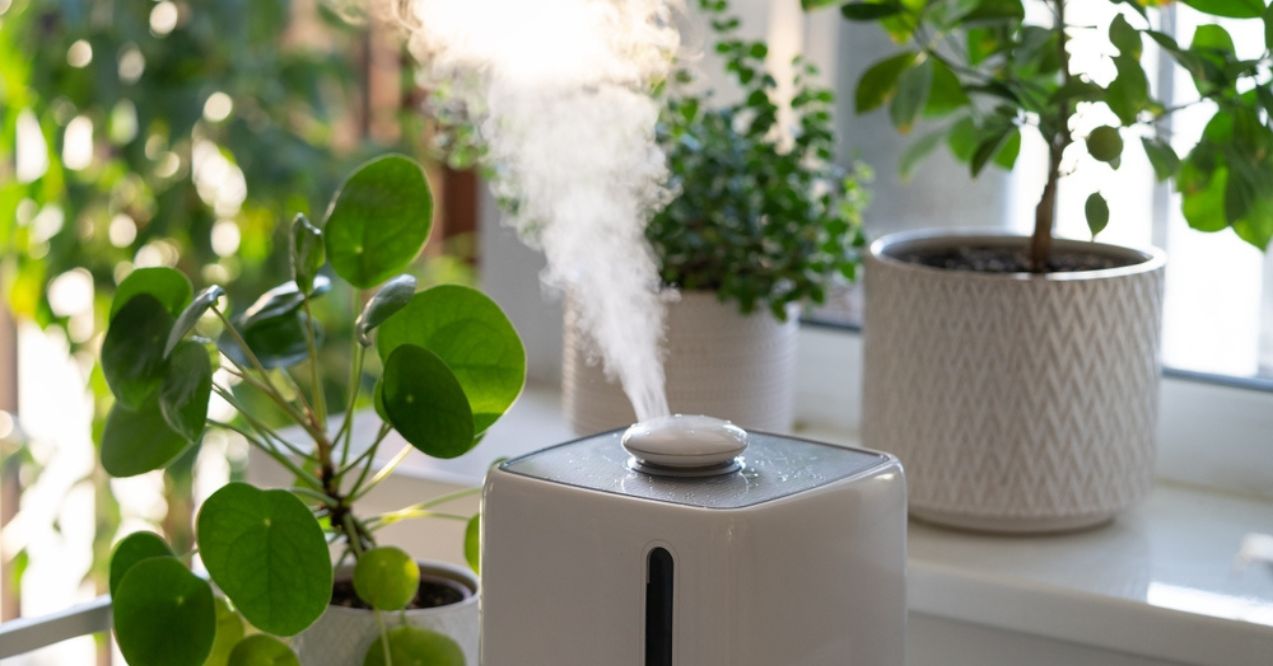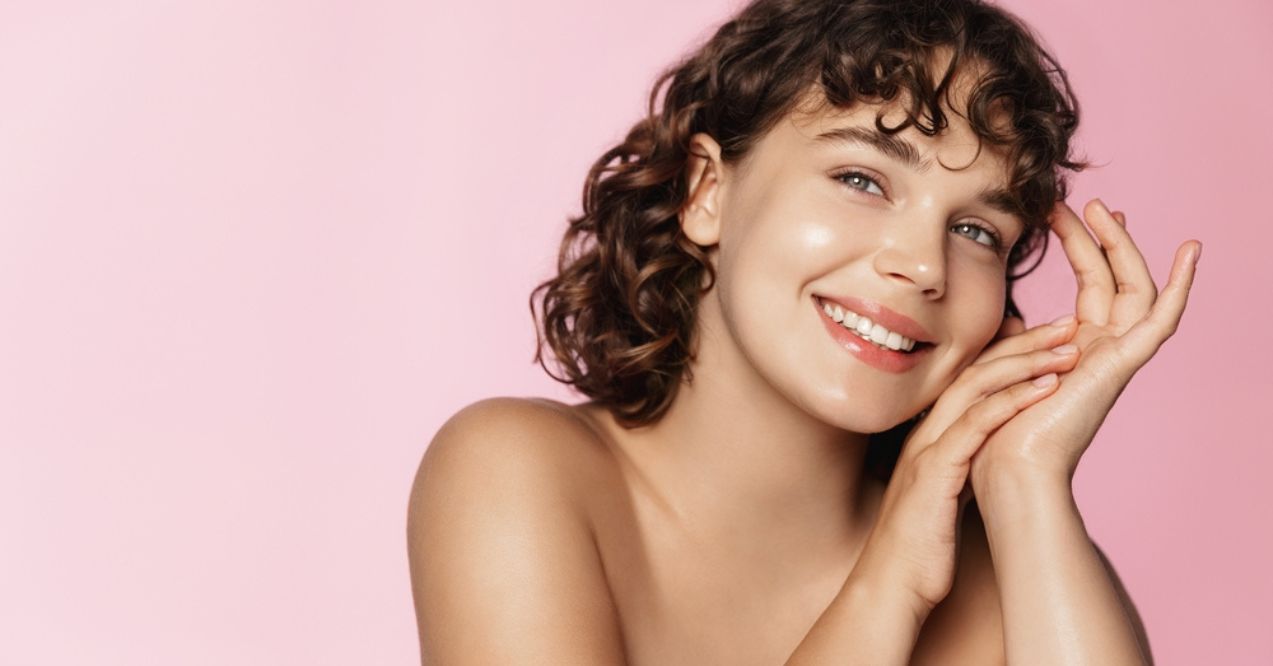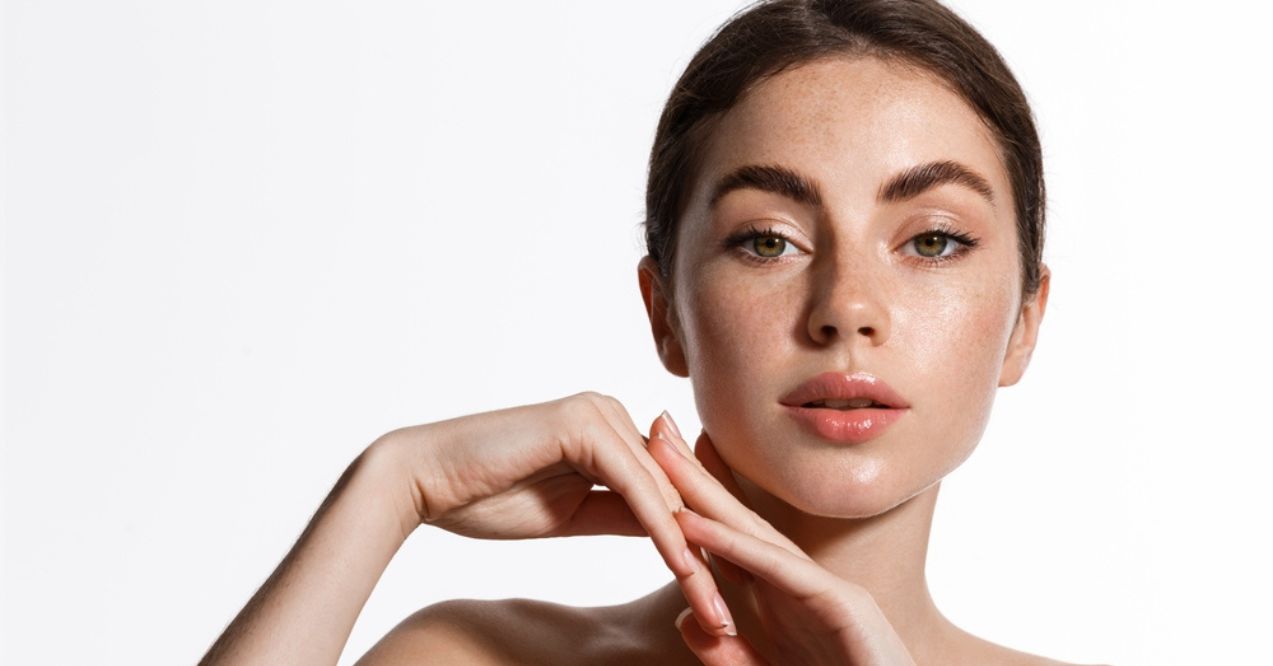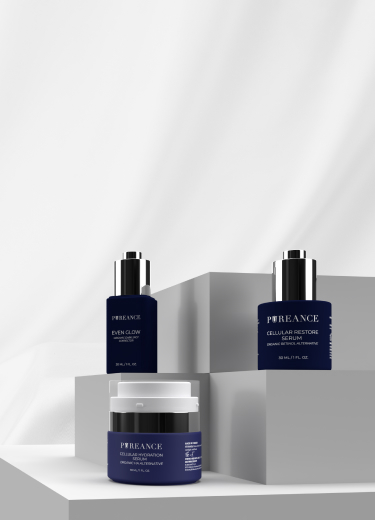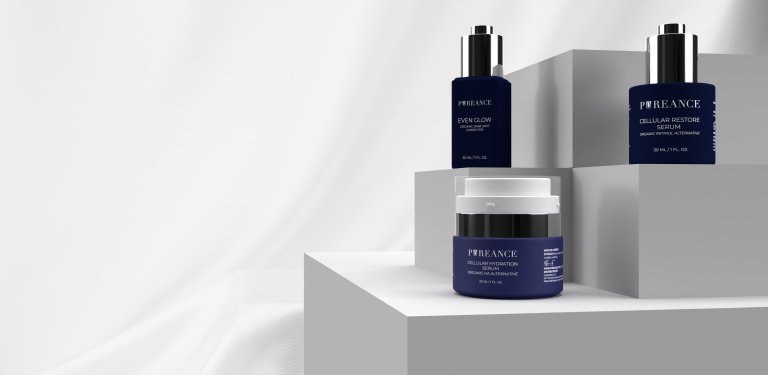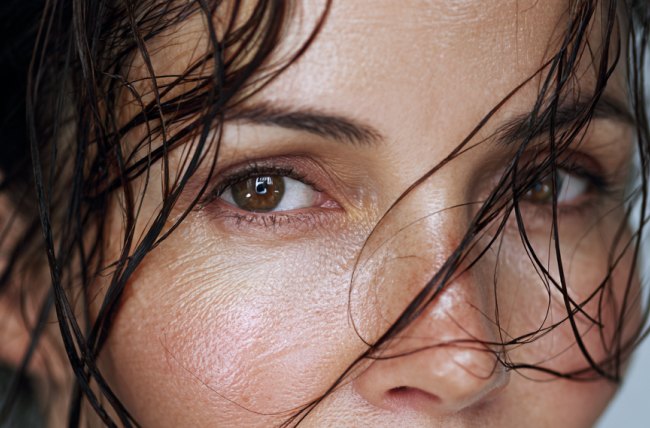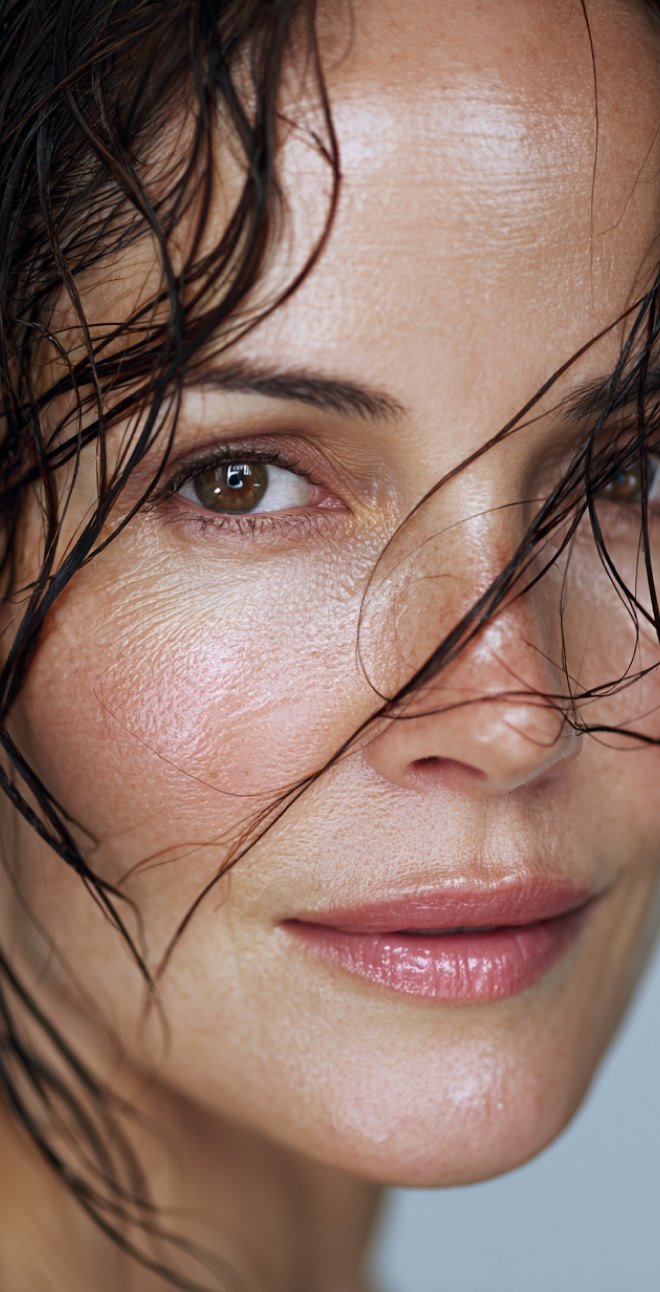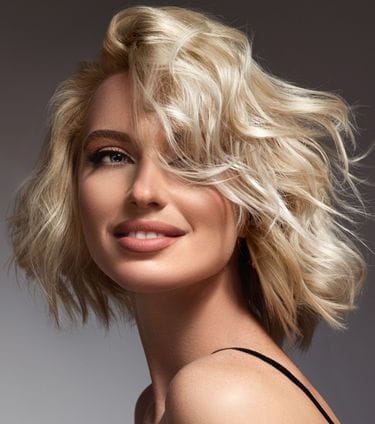
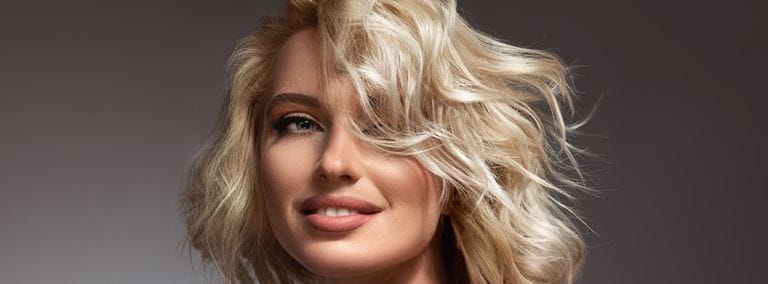

10+ Simple Tips to Get Healthier Hair
Dry, brittle hair that snaps when you brush it? Split ends that seem to multiply overnight? If you’re searching for how to get healthier hair, you’ve probably already tried countless products that promised miracles but delivered disappointment.
This article covers 10 practical tips for achieving genuinely healthier hair through a mix of lifestyle tweaks, nutritional choices, and smart care routines. We’re talking about real changes that work with your hair’s natural biology, not against it.
Key Article Findings
- Hydration, a nutrient-rich diet, and stress management create the foundation for strong, vibrant strands.
- Limit heat styling, harsh chemicals, and tight hairstyles while focusing on scalp care and protective routines.
- Healthy hair comes from steady habits like trims, hydration strategies, and the right treatments, not quick fixes.
Why Is Hair Health Important?
Strong, vibrant hair often reflects your overall wellness and can significantly impact how you feel about yourself. When your hair feels healthy, you may notice a natural confidence that radiates from within.
Brittle strands or excessive shedding might signal that your body needs more nutrients or better care habits. Paying attention to these signs helps you make adjustments that benefit not just your hair, but your entire well-being.
Effective Hair Wellness Tips to Keep Your Hair Healthy
These hair wellness tips target different aspects of hair care. Some focus on what you do to your hair, others on what you put in your body. Together, they create a comprehensive approach to stronger hair.
1. Hydration
Your hair’s moisture content directly impacts its elasticity and strength. When hair lacks water, it becomes stiff and prone to snapping. Drinking water helps, but it’s only part of the equation.
The real game-changer comes from combining internal and external hydration strategies. Hydration benefits for hair require both topical products and adequate water intake. Consider using humidifiers in dry environments and applying water-based leave-in treatments to damp hair.
Foods with high water content like melons, oranges, and lettuce contribute to overall hydration levels that your hair can actually use.
2. Protect Hair from Heat Damage
Heat damage happens faster than most people think. Just 30 seconds with a flat iron at maximum temperature can denature hair proteins permanently. Once those bonds break, no amount of conditioning can fully repair them.
The solution isn’t giving up heat styling entirely. Lower temperatures around 300°F work for most hair types without causing severe damage. Always use thermal protection products that create a barrier between heat tools and hair strands.
Consider heat-free styling methods like braiding damp hair for waves or using foam rollers for curls.
3. Maintain a Balanced Diet
Hair follicles are among the most metabolically active in your body, constantly demanding nutrients. Without adequate protein, iron, and B vitamins, follicles can’t produce strong hair shafts. This shows up as increased shedding and slower growth.
Focus on biotin-rich foods like egg yolks and almonds, iron from red meat or lentils, and omega-3s from salmon or walnuts. Just as diet impacts skin plumpness, these nutrients directly influence hair thickness and shine. Don’t forget vitamin D, which many people lack and which plays a key role in the hair growth cycle.
4. Avoid Over-Washing and Over-Styling
Shampoo companies want you washing daily, but your scalp’s natural oil production tells a different story. Most scalps need 48-72 hours to establish a healthy sebum balance. Disrupting this cycle leaves hair dry and triggers excess oil production. When you do wash, choose gentle formulas that strengthen while cleansing.
Products like Pureance HydraLift Volumizing Shampoo use hydrolyzed wheat protein to fortify strands without stripping natural oils – particularly helpful for dry or thinning hair that needs both volume and moisture.
5. Scalp Care is Essential
Think of your scalp as soil and your hair as the plant. Poor soil conditions lead to weak plants, regardless of how much you water them. Dead skin buildup, product residue, and inflammation all interfere with healthy hair growth.
Weekly scalp massages increase blood circulation to follicles while helping distribute natural oils. Maintaining scalp health requires gentle cleansing and avoiding harsh ingredients. A monthly clarifying treatment removes buildup without stripping essential moisture.How to Make Your Hair Healthier with Hair Treatments
Forget the marketing hype about miracle treatments. Real hair treatment tips focus on ingredients that actually penetrate the hair shaft versus those that just sit on top looking shiny. The difference matters when you’re trying to repair damage rather than mask it.
How to Make Your Hair Healthier with Hair Treatments
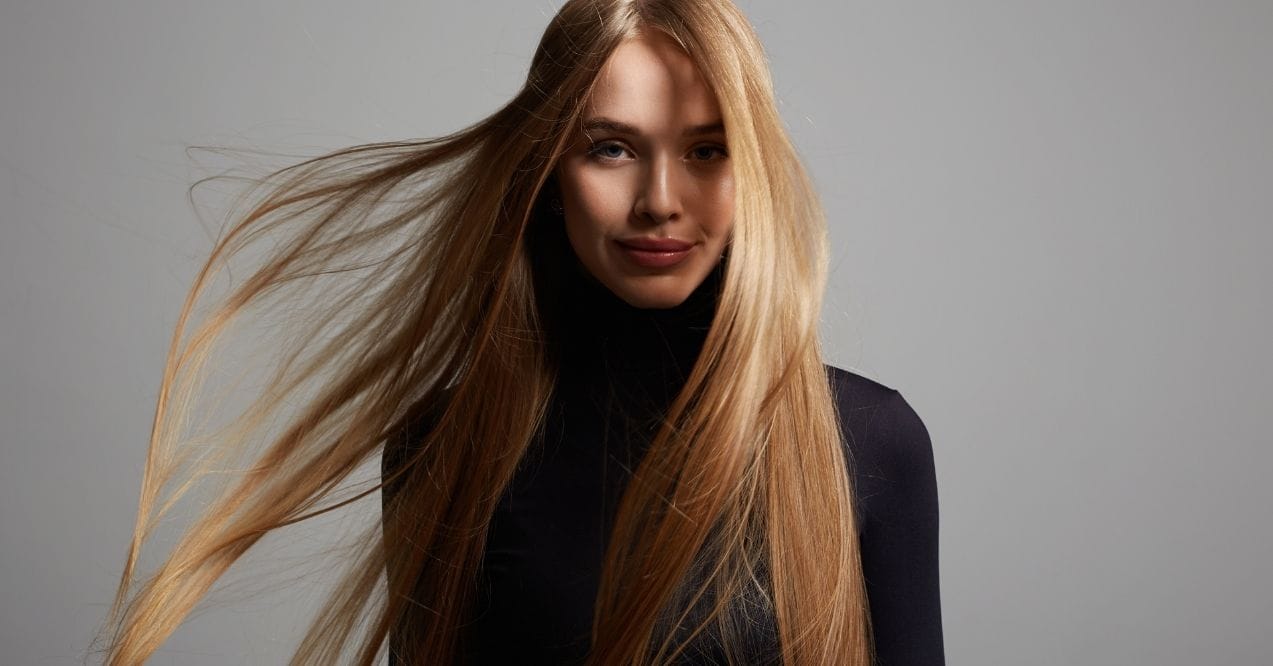
Forget the marketing hype about miracle treatments. Real hair treatment tips focus on ingredients that actually penetrate the hair shaft versus those that just sit on top looking shiny. The difference matters when you’re trying to repair damage rather than mask it.
6. Nourishing Hair Masks and Oils
Most commercial hair masks contain silicones that create temporary smoothness without addressing underlying damage. Better options include protein-rich treatments for strength or moisture-heavy masks for elasticity. The trick is knowing which one your hair needs right now.
Oils work differently than water-based treatments. Coconut oil’s small molecular structure allows it to penetrate the hair shaft, while argan oil mostly seals the cuticle. Apply oils to damp hair for better distribution and less greasiness. Start with a few drops on the ends and work upward only if needed.
7. The Role of Hair Supplements
Hair supplements flood the market with promises of Rapunzel-like growth. The truth is more nuanced. Biotin supplements may help if you’re actually deficient, but excess biotin just creates expensive urine. Collagen peptides show more promise for overall hair quality.
Before spending money on supplements, get blood work done to identify actual deficiencies. Iron, vitamin D, and B12 deficiencies commonly affect hair growth. Addressing these specific gaps works better than taking random vitamins hoping something sticks.
8. Hair Treatments for Specific Needs
Cookie-cutter approaches fail because hair varies wildly between people. Fine hair drowns under heavy oils that curly hair drinks up instantly. Damaged hair needs protein treatments that would make healthy hair brittle and snappy.
Pay attention to how your hair responds to different treatments. If it feels mushy when wet, you’ve over-moisturized. If it snaps easily, you need more moisture. Finding the right protein-moisture balance takes experimentation, but once you nail it, your hair transforms.
Healthy Habits to Support Hair Wellness
Daily choices and habits have a significant impact on hair health. These routines, while seemingly minor, contribute greatly to the strength, shine, and overall vitality of your hair.
9. Regular Hair Trims
The myth that trimming makes hair grow faster needs to die. Trimming removes damage that would otherwise travel up the shaft, causing more breakage. It’s damage control, not growth promotion. Schedule trims based on your hair’s condition, not arbitrary timelines.
10. Protect Your Hair During Sleep
Cotton pillowcases create friction that roughens hair cuticles overnight. Eight hours of tossing and turning on cotton equals serious cumulative damage. Silk or satin pillowcases reduce this friction dramatically.
If specialty pillowcases aren’t feasible, wrap hair in a silk scarf or use a loose protective style. The goal is minimizing movement and friction while you sleep. Morning tangles decrease noticeably when you protect hair overnight.
11. Manage Stress for Better Hair Health
Stress-related hair loss isn’t just anecdotal. Cortisol directly impacts the hair growth cycle, pushing more follicles into the shedding phase. Chronic stress can trigger telogen effluvium, where hair falls out in handfuls.
Exercise, meditation, or whatever helps you decompress matters for hair health. The mind-body connection affects everything from nutrient absorption to hormone balance. Managing stress isn’t just self-care fluff; it’s biological necessity for healthy hair growth.
What to Avoid to Prevent Hair Damage
Certain common practices and habits can actively work against your efforts, leading to breakage, dryness, and overall poor hair health. Here are some key things to steer clear of to prevent hair damage and promote long-term hair wellness.
12. Overuse of Chemical Treatments
Chemical processes break disulfide bonds that give hair its structure. Bleaching opens the cuticle and destroys melanin. Relaxers permanently alter the hair’s natural pattern. Each process weakens hair progressively.
If you chemically treat your hair, protein treatments become non-negotiable. Olaplex and similar bond-builders can help, but they’re band-aids on fundamental damage. Space treatments as far apart as possible and accept that chemically treated hair will never match virgin hair’s strength.
13. The Danger of Tight Hairstyles
Traction alopecia starts subtly. First, you notice tiny bumps around your hairline. Then baby hairs start disappearing. Eventually, the hairline recedes permanently because follicles give up after years of tension.
Rotate hairstyles to distribute stress differently each day. Use soft scrunchies instead of elastics with metal parts. If a style causes headaches or you see scalp skin pulling, it’s too tight. Your edges will thank you in ten years.
Conclusion
Learning how to get healthy hair again means accepting that quick fixes don’t exist. These 10 tips for how to make your hair healthier require consistency and patience. Hair grows slowly, about half an inch monthly, so visible changes take time.
Start with the changes that feel most manageable. Maybe it’s drinking more water or switching to a silk pillowcase. As these become habits, add more strategies. Building a comprehensive hair care routine happens gradually and not overnight.
Initial improvements like less tangling or more shine may appear within 2-3 weeks. Significant changes in thickness, length retention, or damage repair typically take 3-4 months minimum since hair grows slowly and you’re waiting for healthier hair to replace damaged sections.
Severely damaged hair can’t be fully repaired, but you can improve its appearance and prevent further damage. Focus on strengthening treatments, regular trims to remove the worst damage, and growing out healthier hair while protecting what you have.
This varies dramatically by hair type, lifestyle, and scalp condition. Generally, 2-3 times weekly works for most people, but very oily scalps might need more frequent washing while dry, coarse, or curly hair often benefits from weekly washing.
Hair supplements are generally safe but can interact with medications or cause issues in high doses. Biotin supplements can skew certain lab results, so inform your healthcare provider. Getting nutrients from food remains the safest, most effective approach for most people
This site offers health, wellness, fitness and nutritional information and is designed for educational purposes only. You should not rely on this information as a substitute for, nor does it replace, professional medical advice, diagnosis, or treatment. If you have any concerns or questions about your health, you should always consult with a physician or other health-care professional. Do not disregard, avoid or delay obtaining medical or health related advice from your health-care professional because of something you may have read on this site. The use of any information provided on this site is solely at your own risk.
Nothing stated or posted on this site or available through any services are intended to be, and must not be taken to be, the practice of medical or counseling care. For purposes of this agreement, the practice of medicine and counseling includes, without limitation, psychiatry, psychology, psychotherapy, or providing health care treatment, instructions, diagnosis, prognosis or advice.
